On September 23, 1779, one of the most famous naval battles of the American Revolution took place in the cold waters off the coast of England. It was here that John Paul Jones, a daring and determined naval commander, led his small squadron of American ships against a powerful British convoy. The Battle of Flamborough Head would not only be a dramatic moment in the war but would also help cement Jones’s reputation as one of the boldest naval commanders in history.
John Paul Jones was born in Scotland in 1747, and from an early age, he was drawn to the sea. He worked as a sailor on merchant ships and eventually became an experienced captain. When the American Revolution broke out, he offered his services to the Continental Congress and was given command of several small ships. His mission was to take the war to Britain’s own waters and disrupt its shipping. This was a daring idea, since the British Royal Navy was the most powerful in the world, and few would have thought that a small group of American ships could challenge it.
In the late summer of 1779, Jones commanded a squadron that included his flagship, the Bonhomme Richard, a converted French merchant ship gifted from France. The ship was not in perfect condition, but Jones made it battle-ready and sailed with four other vessels toward the British coast. His goal was to raid shipping, create fear among British merchants, and force the Royal Navy to divert ships away from blockading American ports.
On September 23, Jones’s squadron encountered a large convoy of merchant ships being escorted by two British warships, HMS Serapis and HMS Countess of Scarborough, off Flamborough Head. Jones immediately gave chase, focusing on the more powerful of the escorts, the Serapis, which carried 44 guns to the Bonhomme Richard’’s 40. A fierce battle began at sunset, with the two ships exchanging broadsides. Early in the fight, the Bonhomme Richard suffered heavy damage, and two of its guns exploded, killing many crew members.
At one point, the captain of the Serapis, Richard Pearson, called out to Jones, asking if he was ready to surrender. It was then that Jones is said to have uttered his most famous words: “Sir, I have not yet begun to fight!” Rather than strike his colors, Jones maneuvered his ship closer and lashed the Bonhomme Richard to the Serapis so the two ships were locked together. This turned the fight into a brutal, close-quarters struggle. Marines and sailors fired muskets and threw grenades at each other, and Jones personally took command of guns to keep the fight going.

After hours of relentless combat, the tide turned. One of Jones’s crewmen threw a grenade that caused an explosion on the Serapis, killing many British sailors and setting fires below decks. With his ship crippled and casualties mounting, Captain Pearson finally struck his colors and surrendered. The Bonhomme Richard was so badly damaged that it sank two days later, but Jones took command of the captured Serapis and sailed it to safety.
The victory at Flamborough Head was a major morale boost for the Americans. It showed that even on the enemy’s doorstep, the Continental Navy could fight and win against the powerful Royal Navy. Jones became a celebrated hero in both America and France, where he was praised for his courage and determination.
John Paul Jones’s daring victory on September 23, 1779, and his famous refusal to surrender made him a symbol of American resolve. For his contributions, Jones is often remembered as the “Father of the American Navy.” His boldness, skill, and refusal to give up in the face of overwhelming odds inspired generations of sailors and helped establish the traditions of bravery and perseverance that remain part of the Navy’s spirit today.
| FREE printable This Day in History album pages Download a PDF of today’s article. Get a binder or other supplies to create your This Day in History album. |
Discover what else happened on This Day in History.


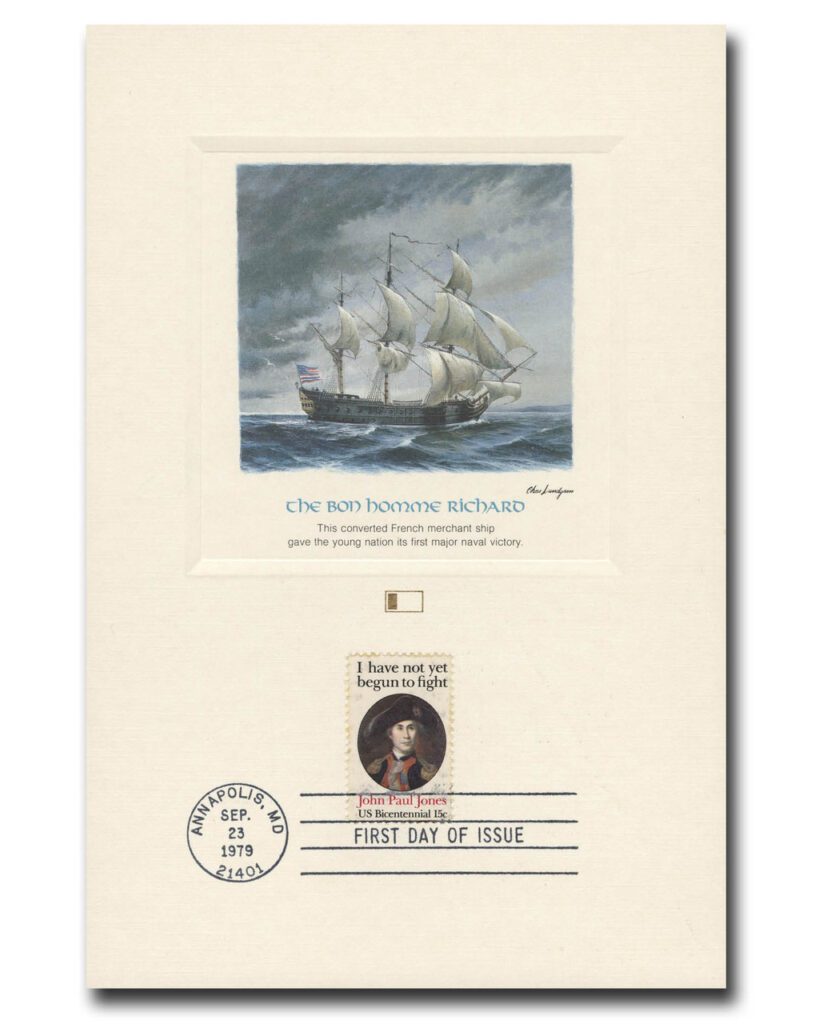
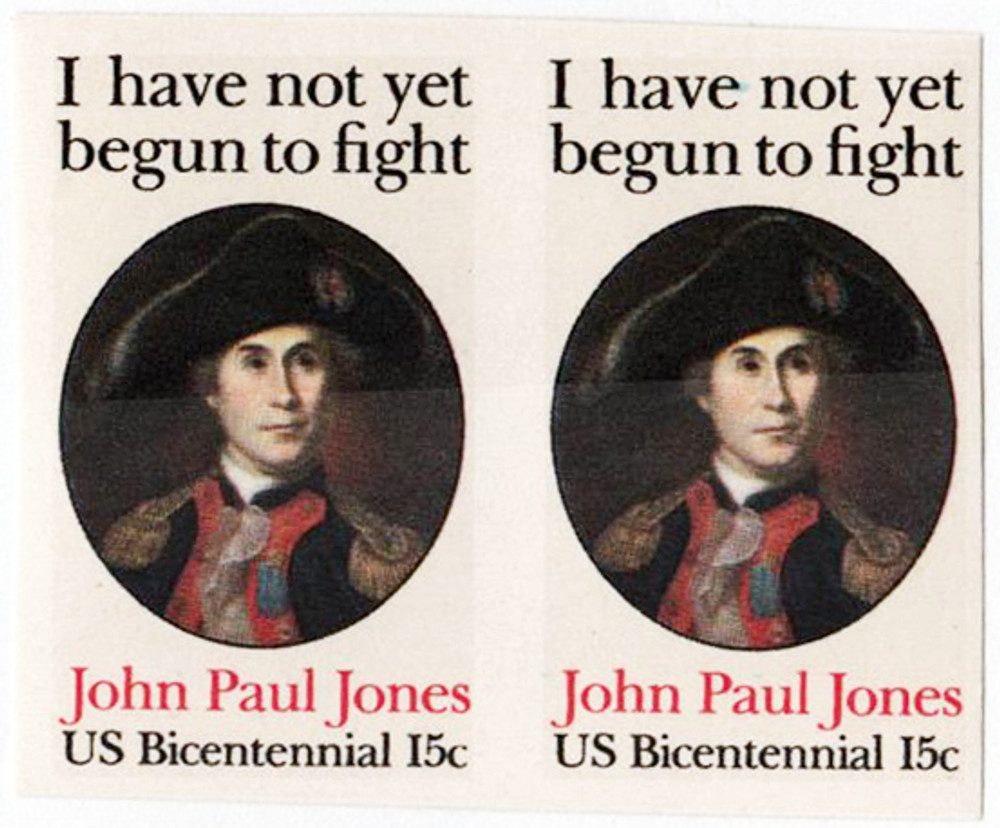
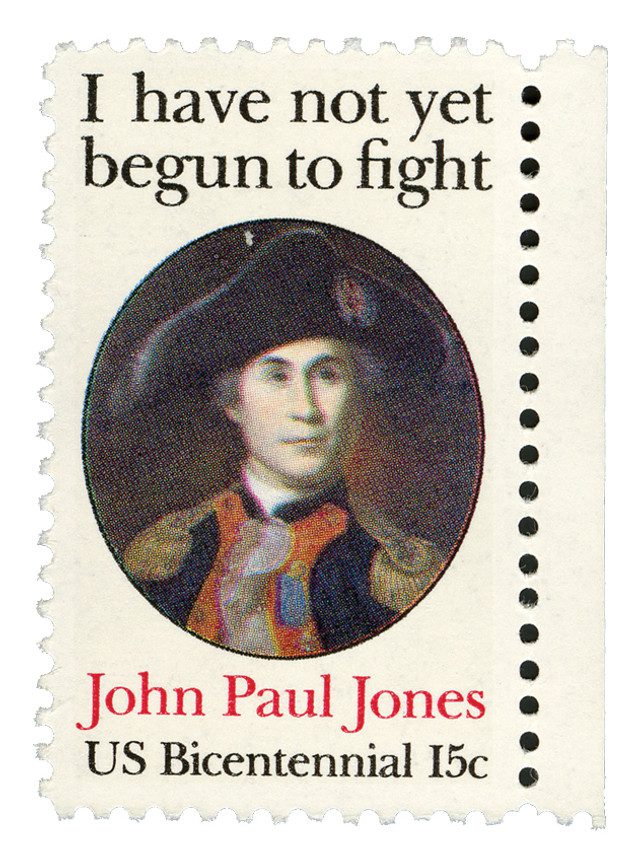
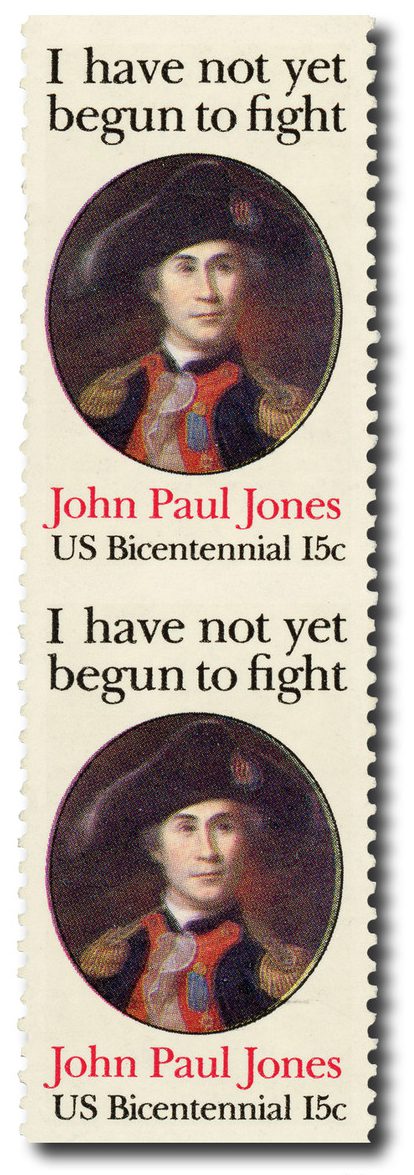

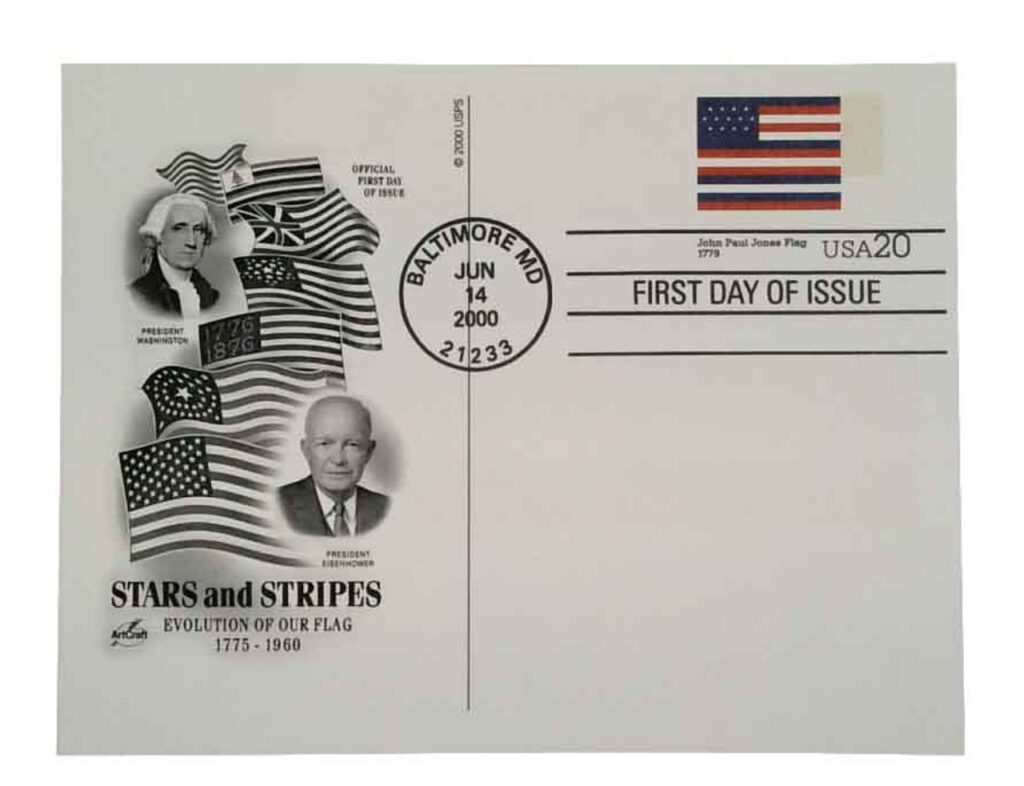
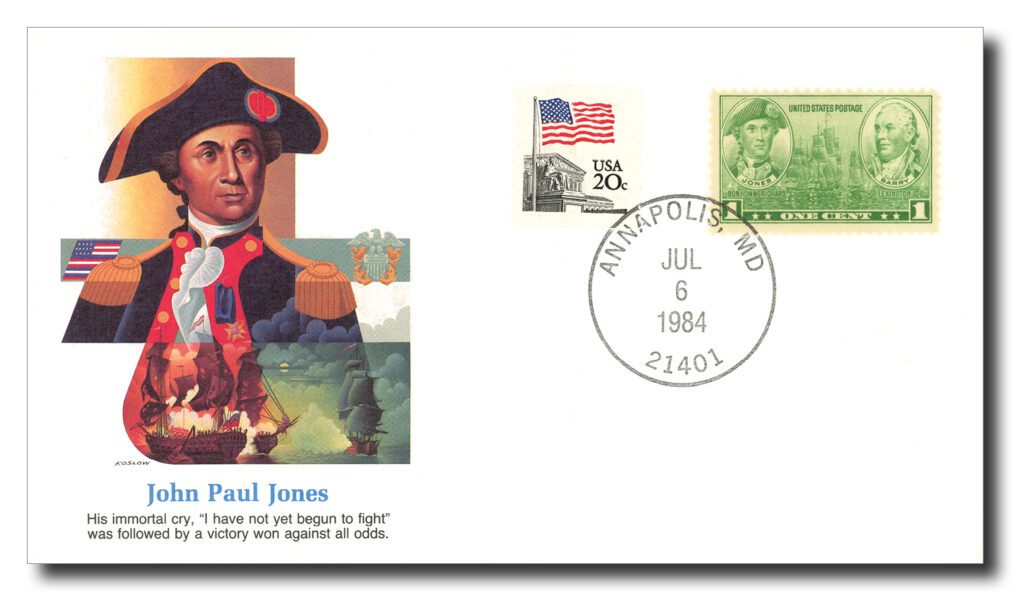
Good stuff.
I really enjoy all the “On This Day in History….Thanks for posting / Thanks for a great stamp catalog. I take all my old stamp catalogs and leave them at doctors office and other public spaces to help share this great hobby.
My husband and I love reading all of these days in History. thank you
i really enjoy this Section. Thank you so much!
His statement, “I have not yet begun to fight” is famous like that of Nathan Hale and Patrick Henry. I should read more of his life. Because, what did he do after he went off to the Dutch United Provinces with the Serapis. I also think of the band member John Paul Jones in Led Zepelin. There is one perf variety of this stamp that is very rare, perf 12X12.
I am loving these days in history. Very interesting and educational. Please continue to provide this information
I really like John Paul Jones. I read a book about him and the start of the U.S navy called The Magnificent Mariener. I was amazed by the fact his ship was losing the battel and yet he managed to win.
I really enjoy this series. I consider myself to be a history buff, but you guys come up with things I didn’t know. I always wondered (and believe me that a long time) how JPJ was able to beat the Serapis, consider what bad shape the Richard was in, now I know. Thank you.
I’m a storyteller by trade and appreciate knowing the stories behind the stamps.
I’ve seen the name Bommhomme Richard printed on the 1 cent navy commemorative (scott #790). Always wondered what it ment. Thanks Mystic Stamp Company
I’ve collected US stamps on and off for 50 years. It’s been great to get the stories behind the stamps.
Mystic Stamps’ historian is doing a good job!
And 10 years after the wonderful article and comments here is a grateful fan who learned about this battle only today. I got good chills reading this especially at age 84 showing me that it is never too late to be rewarded by Mystic Stamps and info on early America. A shout out to Scotland too.